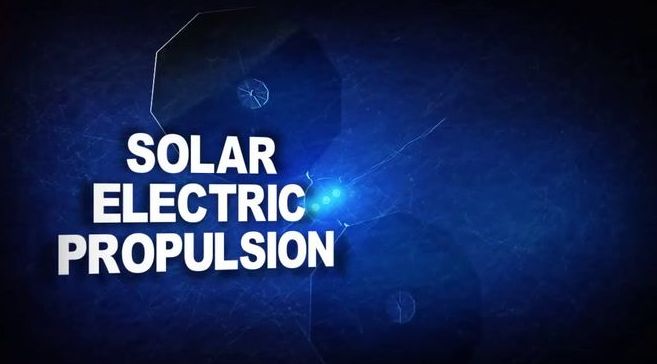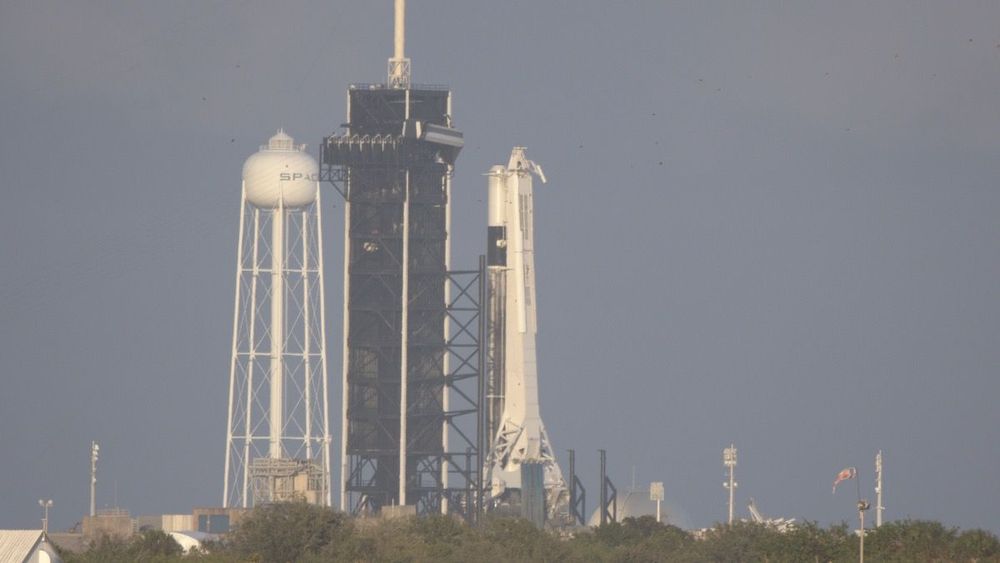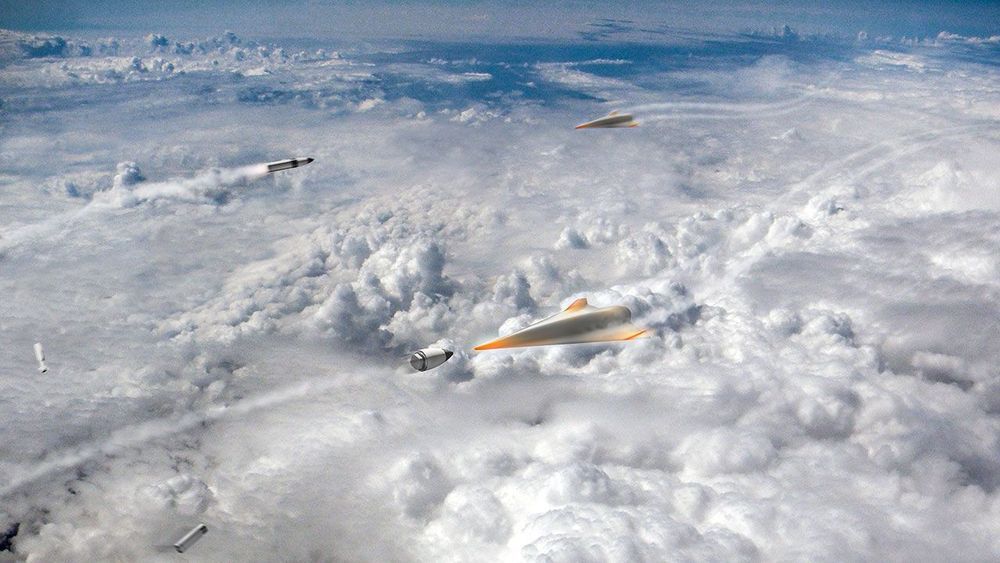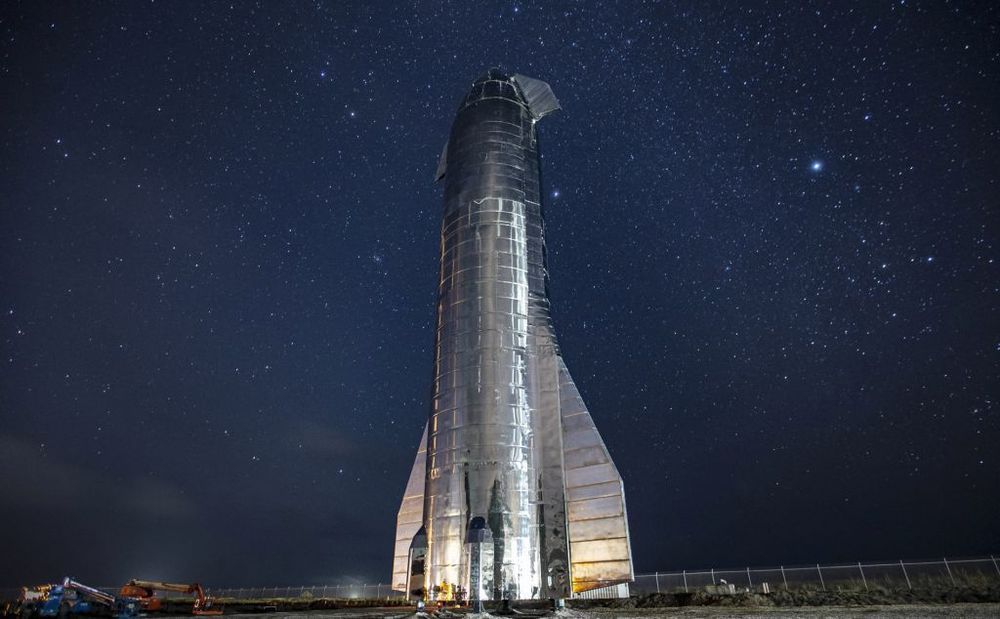One launch emergency. Four parachutes. Eight SuperDracos.
Category: space travel – Page 367

Fly me to the moon: Japanese billionaire Maezawa seeks girlfriend for SpaceX voyage
Japanese billionaire Yusaku Maezawa’s search for a girlfriend to join him on a voyage around the moon will be the subject of a new documentary program, in the latest attention-grabbing stunt by the entrepreneur.
44-year-old Maezawa, who sold his online fashion retailer Zozo Inc to SoftBank Group Corp, is seeking single females aged over 20 for the show, which will be shown on streaming service AbemaTV.

Tiny Electric Thrusters from Phase Four, Accion Could Go Interplanetary
Circa 2019
Electric thrusters for spacecraft are increasingly shrinking, and could prove key for new space missions. And, according to two novel space tech companies, Phase Four and Accion Systems, they might even go interplanetary.
Conventional rockets that rely on chemical reactions “are a great way to generate a lot of thrust, but they are very inefficient when it comes to generating thrust given the amount of propellant they carry,” Simon Halpern, founder and CEO of space propulsion company Phase Four in El Segundo, California, told Space.com. “That’s why launching even a small satellite requires a gigantic multistory rocket.”
Scientists have explored a variety of alternatives to chemical rockets over the years. One is electric propulsion, which generates thrust by using electricity to accelerate electrically charged propellants away from a spacecraft. [Wild Ideas for Superfast Space Propulsion].


Live coverage: SpaceX to test-fire rocket for Crew Dragon in-flight abort test
Live coverage of SpaceX’s preparations for the next Falcon 9 rocket launch from pad 39A at NASA’s Kennedy Space Center in Florida. The mission will loft an unpiloted Crew Dragon spacecraft on a high-altitude test of the capsule’s launch abort system. Text updates will appear automatically below. Follow us on Twitter.

‘National pride is at stake.’ Russia, China, United States race to build hypersonic weapons
Now, DOD is leading a new charge, pouring more than $1 billion annually into hypersonic research. Competition from ambitious programs in China and Russia is a key motivator. Although hype and secrecy muddy the picture, all three nations appear to have made substantial progress in overcoming key obstacles, such as protecting hypersonic craft from savage frictional heating. Russia recently unveiled a weapon called the Kinzhal, said to reach Mach 10 under its own power, and another that is boosted by a rocket to an astonishing Mach 27. China showed off a rocket-boosted hypersonic glide vehicle (HGV) of its own, the Dongfeng-17, in a recent military parade. The United States, meanwhile, is testing several hypersonic weapons. “It’s a race to the Moon sort of thing,” says Iain Boyd, an aerospace engineer at the University of Colorado, Boulder. “National pride is at stake.”
Despite hype and technological hurdles, a hypersonic arms race is accelerating.


NASA — National Aeronautics and Space Administration’s Artemis program will send the first woman and the next man to the Moon
Using the Moon as a proving ground for living on Mars, this next chapter in exploration will forever establish our presence in the stars.
How we’re going http://go.nasa.gov/35Y6KFj